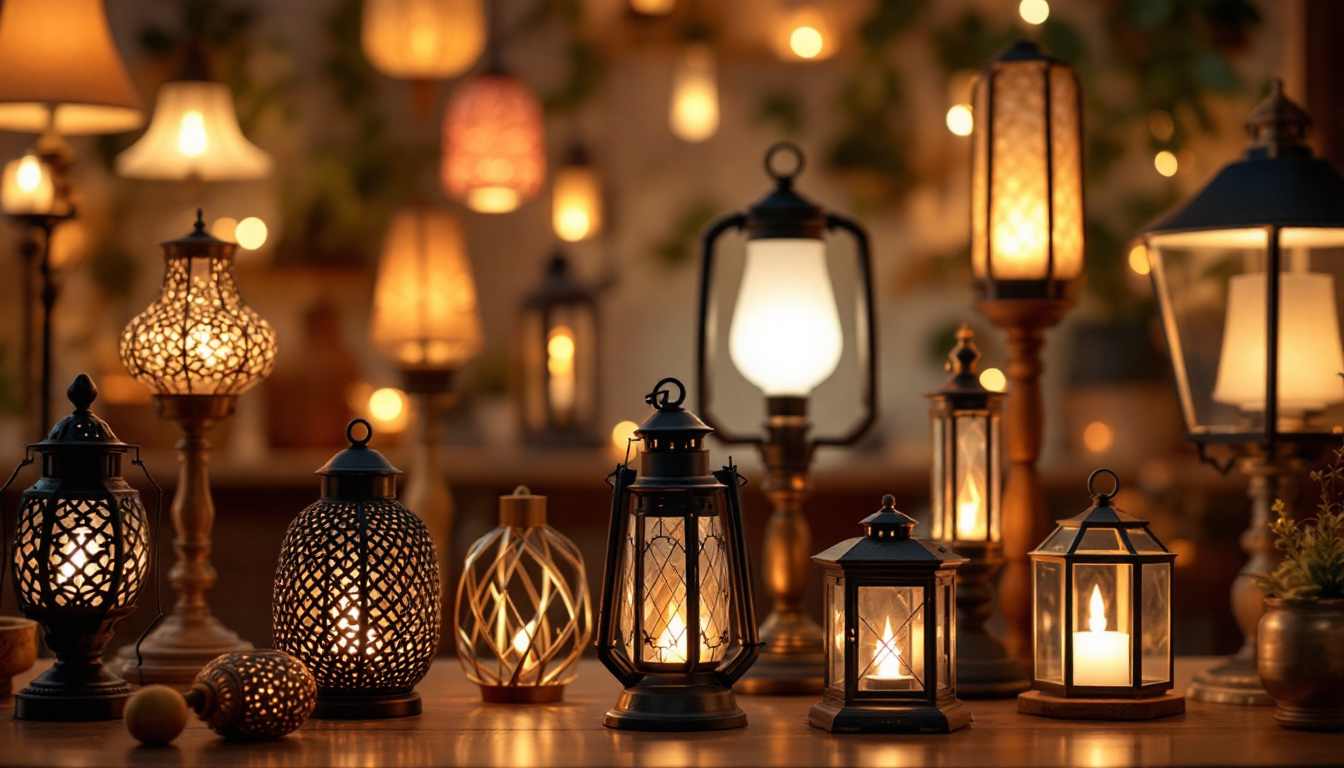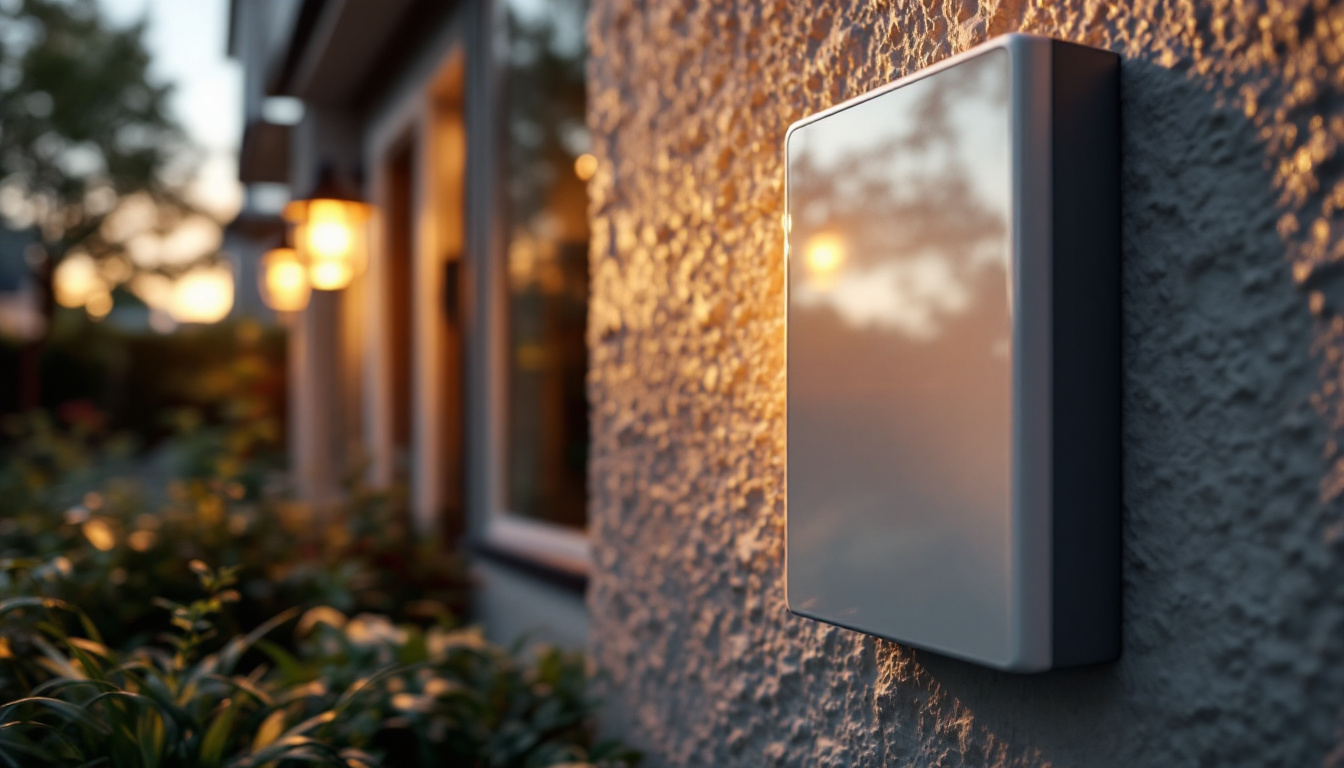
Lighting plays a crucial role in enhancing the aesthetics and functionality of any space. sconce light fixtures, particularly plug-in models, have gained popularity for their versatility and ease of installation. However, for lighting contractors, working with plug-in sconces presents unique challenges that require careful consideration and expertise. This article explores the top challenges faced by lighting contractors when dealing with sconce light fixture plug-ins.
Plug-in sconces are wall-mounted light fixtures that connect to a power source via a standard electrical outlet. Unlike hardwired sconces that require complex installation processes, plug-in sconces offer a more straightforward solution for both homeowners and contractors. However, this simplicity can lead to various challenges that contractors must navigate.
One of the primary advantages of plug-in sconces is their flexibility in installation. Contractors can easily mount these fixtures in various locations without the need for extensive electrical work. However, this flexibility can also lead to challenges regarding placement and aesthetics.
Contractors must consider the positioning of outlets, the length of cords, and the overall design of the space. A poorly placed outlet can limit the options for sconce placement, while visible cords can detract from the fixture’s visual appeal. Finding the right balance between functionality and aesthetics is crucial for a successful installation. Furthermore, the choice of cord covers or decorative cord management solutions can help mitigate the visual impact of exposed wiring, allowing the sconces to enhance rather than detract from the room’s decor. By strategically planning the layout, contractors can create a harmonious lighting scheme that complements the overall design.
While plug-in sconces eliminate the need for hardwiring, they still require careful attention to electrical considerations. Contractors must ensure that the electrical outlets used can handle the wattage of the fixtures. Overloading an outlet can lead to safety hazards, including fire risks.
Additionally, contractors should be aware of the specific electrical requirements of the sconce fixtures being installed. Some models may require specific types of bulbs or transformers, which can complicate the installation process. Understanding these requirements is essential for ensuring a safe and efficient installation. Moreover, it is important to consider the energy efficiency of the bulbs being used. LED options not only provide longer lifespans but also consume less power, making them a more sustainable choice. This not only benefits the environment but can also lead to reduced energy bills for homeowners, adding an extra layer of appeal to the installation of plug-in sconces.
lighting fixtures are not just functional; they also serve as design elements that contribute to the overall ambiance of a space. When working with plug-in sconces, contractors must navigate various design challenges to ensure that the fixtures complement the existing decor.
One of the most significant challenges contractors face is matching the style and finish of the sconces with the surrounding decor. With a wide range of styles available, from modern to vintage, finding the right fixture that aligns with the client’s vision can be daunting.
Contractors must consider not only the color and finish of the sconce but also its shape and size. A fixture that looks great in a showroom may not translate well into a client’s home. Therefore, it is essential to have a keen eye for design and an understanding of the client’s preferences to make informed recommendations. Additionally, the material of the sconce can greatly affect its visual impact; for instance, a sleek metal finish may offer a contemporary feel, while a rustic wood design can evoke warmth and coziness. Understanding the nuances of these materials and how they interact with light can further refine the selection process.
Plug-in sconces should not be viewed in isolation; they are part of a broader lighting plan that includes ambient, task, and accent lighting. Contractors must ensure that the sconces work harmoniously with other light sources in the space.
This involves considering the intensity and color temperature of the light emitted by the sconces. A well-designed lighting plan will create a balanced atmosphere, enhancing the overall aesthetic of the room. Contractors may need to experiment with different fixture placements and lighting combinations to achieve the desired effect. For example, positioning sconces at eye level can create a flattering glow, while placing them higher can help to illuminate a larger area. Furthermore, the use of dimmers can add versatility to the lighting scheme, allowing clients to adjust the ambiance according to the time of day or occasion. This adaptability not only enhances functionality but also enriches the overall user experience within the space.
While plug-in sconces are generally easier to install than hardwired fixtures, there are still practical challenges that contractors must address. These challenges can impact the efficiency of the installation process and the overall satisfaction of the client.
One of the most common practical challenges associated with plug-in sconces is cord management. Unsightly cords can disrupt the visual flow of a space and detract from the elegance of the fixtures. Contractors must find creative solutions to conceal or manage the cords effectively.
Options for cord management include using cord covers, routing cords along baseboards, or utilizing decorative elements to disguise the cords. Each solution has its pros and cons, and contractors must choose the best approach based on the specific circumstances of the installation. For example, cord covers can be painted to match the wall color, making them less noticeable, while routing cords along baseboards may require careful planning to avoid interference with furniture placement. Additionally, some clients may prefer a more minimalist aesthetic, prompting contractors to explore innovative solutions like recessed outlets or integrated cord management systems that keep the space looking tidy and intentional.
The type of wall material can significantly impact the installation process. Different materials, such as drywall, plaster, or brick, require different approaches for mounting sconces. Contractors must be equipped with the right tools and techniques to ensure a secure installation regardless of the wall type.
For instance, mounting sconces on brick walls may require specialized anchors or drilling techniques, while drywall installations may necessitate the use of toggle bolts for added support. Understanding the nuances of various wall materials is essential for a successful installation. Moreover, contractors should also consider the potential for wall damage during installation, especially with more fragile materials like plaster. Pre-installation assessments can help identify the best mounting methods and prevent costly repairs later on. Additionally, some clients may wish to install sconces in unconventional locations, such as on curved walls or in spaces with irregular shapes, which can further complicate the installation process and require a high level of expertise and creativity from the contractor.
Effective communication with clients is vital for any contractor, but it becomes even more critical when dealing with plug-in sconces. Misunderstandings or misaligned expectations can lead to dissatisfaction and potential disputes.
Contractors must clearly communicate the limitations and possibilities of plug-in sconces to their clients. While these fixtures offer flexibility, they may not always meet every design need or preference. Setting realistic expectations from the outset can help prevent disappointment later in the project.
Clients should be informed about the potential challenges associated with plug-in sconces, including cord management, outlet placement, and design considerations. By providing a comprehensive overview, contractors can empower clients to make informed decisions about their lighting choices.
Once the sconces are installed, clients may require guidance on maintenance and care. Educating clients about the proper handling of plug-in sconces, including bulb replacement and cleaning, can enhance their satisfaction with the product.
Contractors should provide clear instructions on how to maintain the sconces to ensure longevity and optimal performance. This not only fosters a positive client relationship but also positions the contractor as a knowledgeable professional in the field.
Safety is paramount in any electrical installation, and plug-in sconces are no exception. Contractors must be vigilant about adhering to safety standards and regulations to protect both themselves and their clients.
Even though plug-in sconces do not require hardwiring, they must still comply with relevant electrical codes. Contractors should be familiar with local regulations regarding the installation of plug-in fixtures to ensure compliance.
Failure to adhere to electrical codes can result in safety hazards and potential legal issues. Contractors should stay informed about any changes in regulations and ensure that their installations meet all necessary requirements.
Plug-in sconces, like any electrical device, pose potential fire hazards if not installed or maintained correctly. Contractors must educate themselves about the risks associated with plug-in fixtures and take proactive measures to mitigate them.
This includes ensuring that the fixtures are used with the appropriate wattage bulbs, checking for frayed cords, and advising clients on the importance of regular maintenance. By prioritizing safety, contractors can build trust with their clients and enhance their reputation in the industry.
While plug-in sconce light fixtures offer numerous benefits, they also present a range of challenges for lighting contractors. From installation flexibility and electrical considerations to design aesthetics and client communication, each aspect requires careful attention and expertise.
By understanding these challenges and implementing effective strategies, contractors can successfully navigate the complexities of plug-in sconces. Ultimately, a well-executed installation can enhance the beauty and functionality of a space, leaving clients satisfied and contractors proud of their work.
Ready to tackle the challenges of plug-in sconces with confidence? LumenWholesale is here to support you every step of the way. Our extensive collection of spec-grade lighting products is designed to meet the needs of the most discerning contractors. With unbeatable wholesale prices and the convenience of free shipping on bulk orders, you can equip your projects with the highest quality lighting without breaking the bank. Elevate your lighting installations with the perfect blend of quality, affordability, and convenience. Discover the best value in lighting today by visiting Wholesale Lighting at the Best Value and make your next project shine with LumenWholesale.

Discover the ultimate guide for lighting contractors with expert insights into the best lamps and lanterns.

Discover the essentials of exterior electrical box covers with our comprehensive guide tailored for lighting contractors.

Discover essential insights for lighting contractors working on island projects.

Explore how the rising popularity of lantern lights for outdoor spaces is transforming the business landscape for lighting contractors.